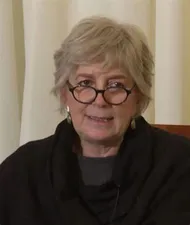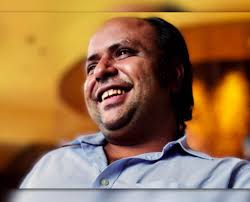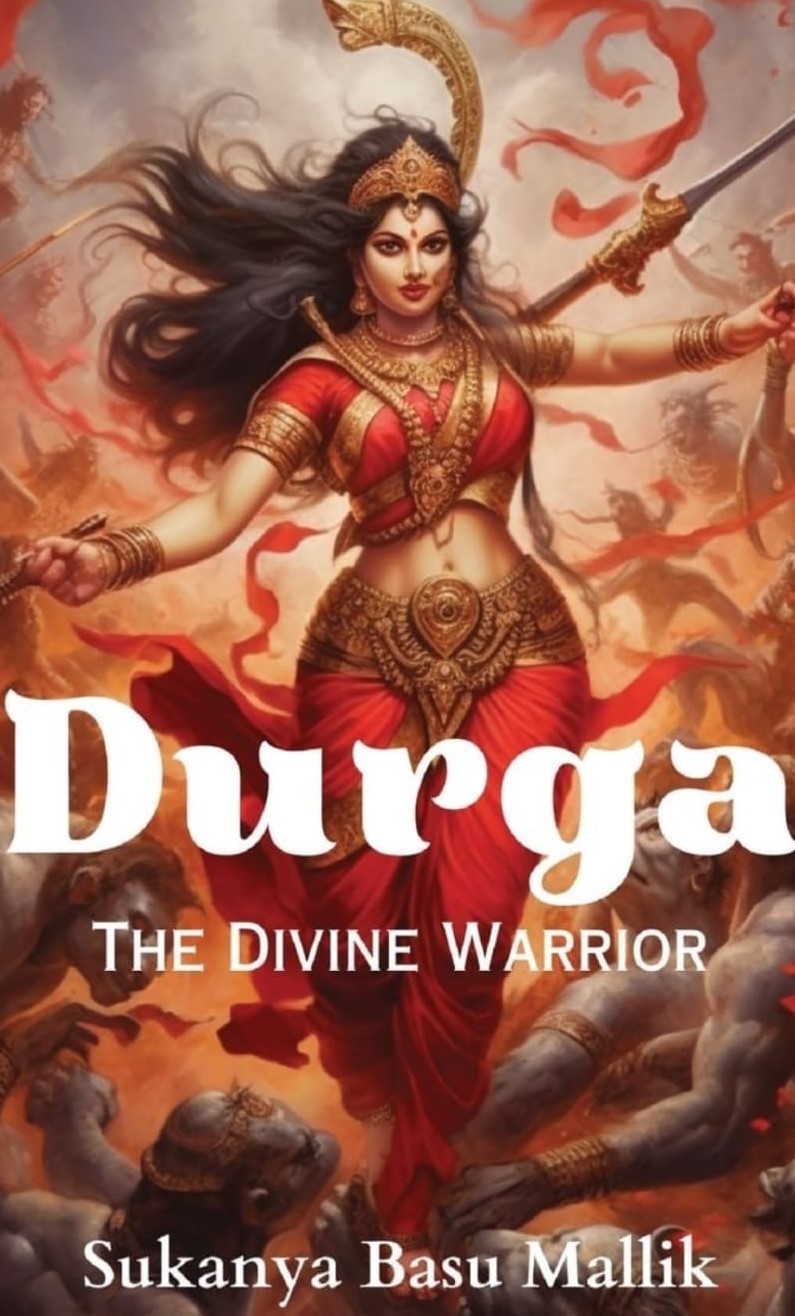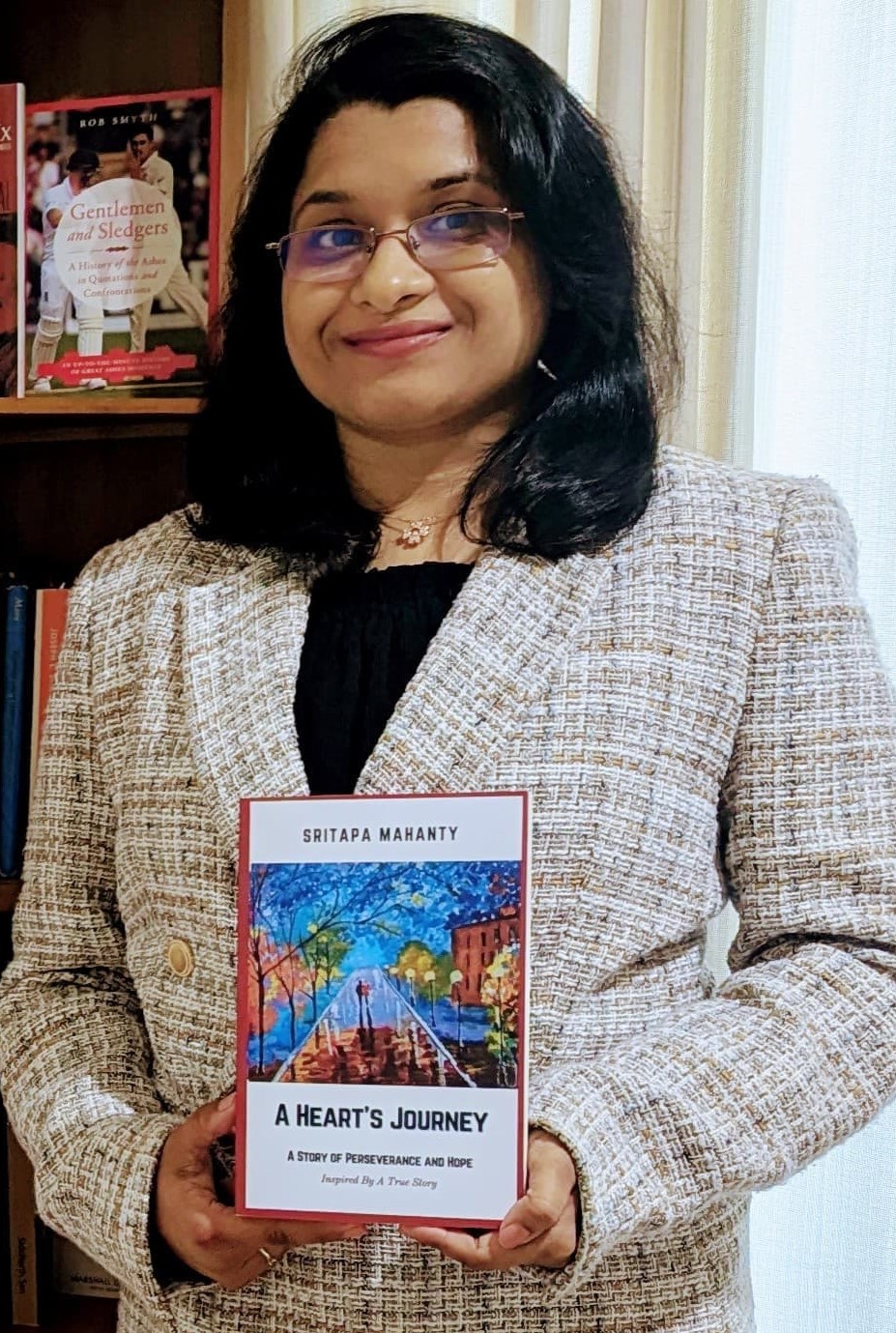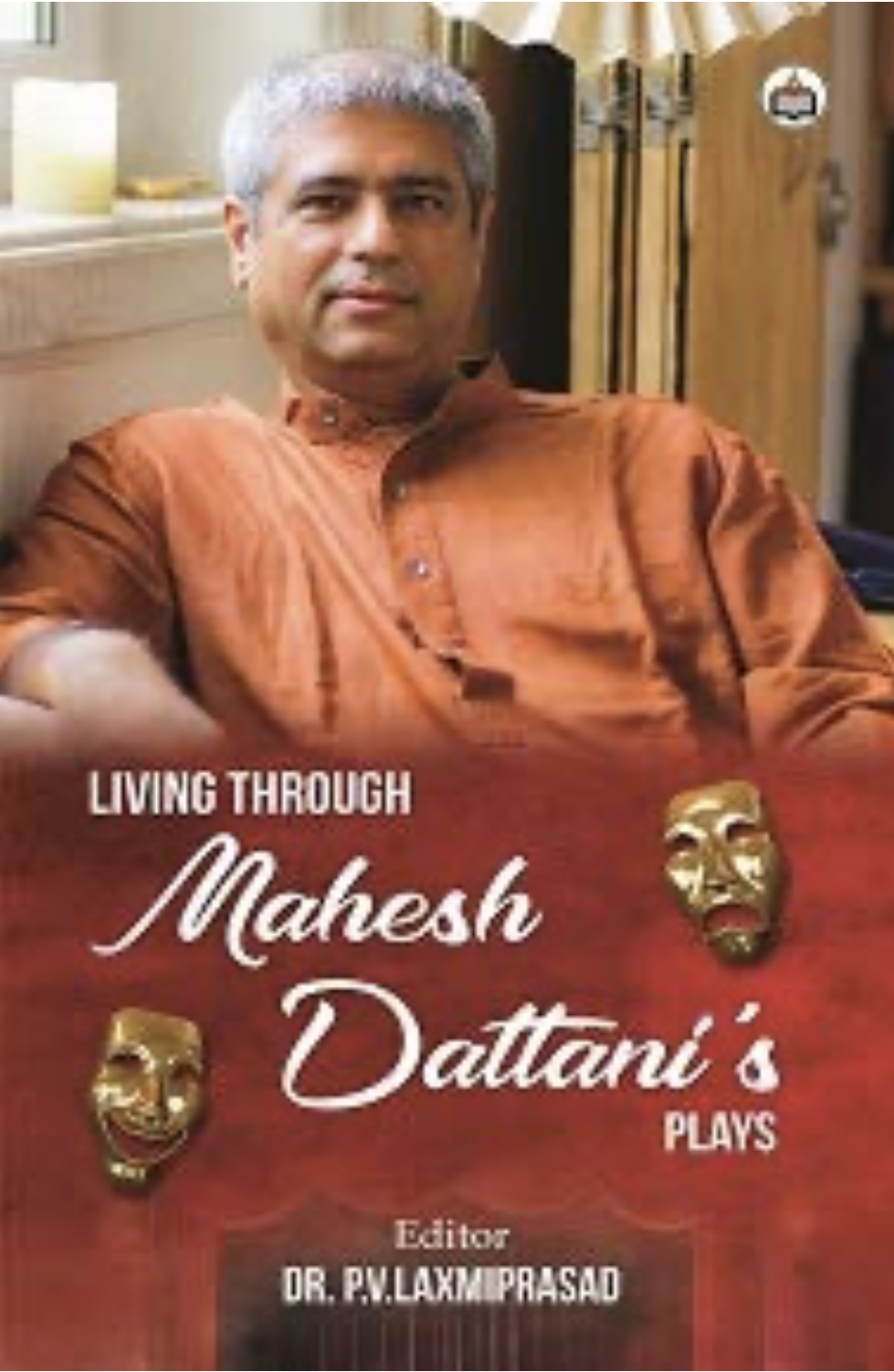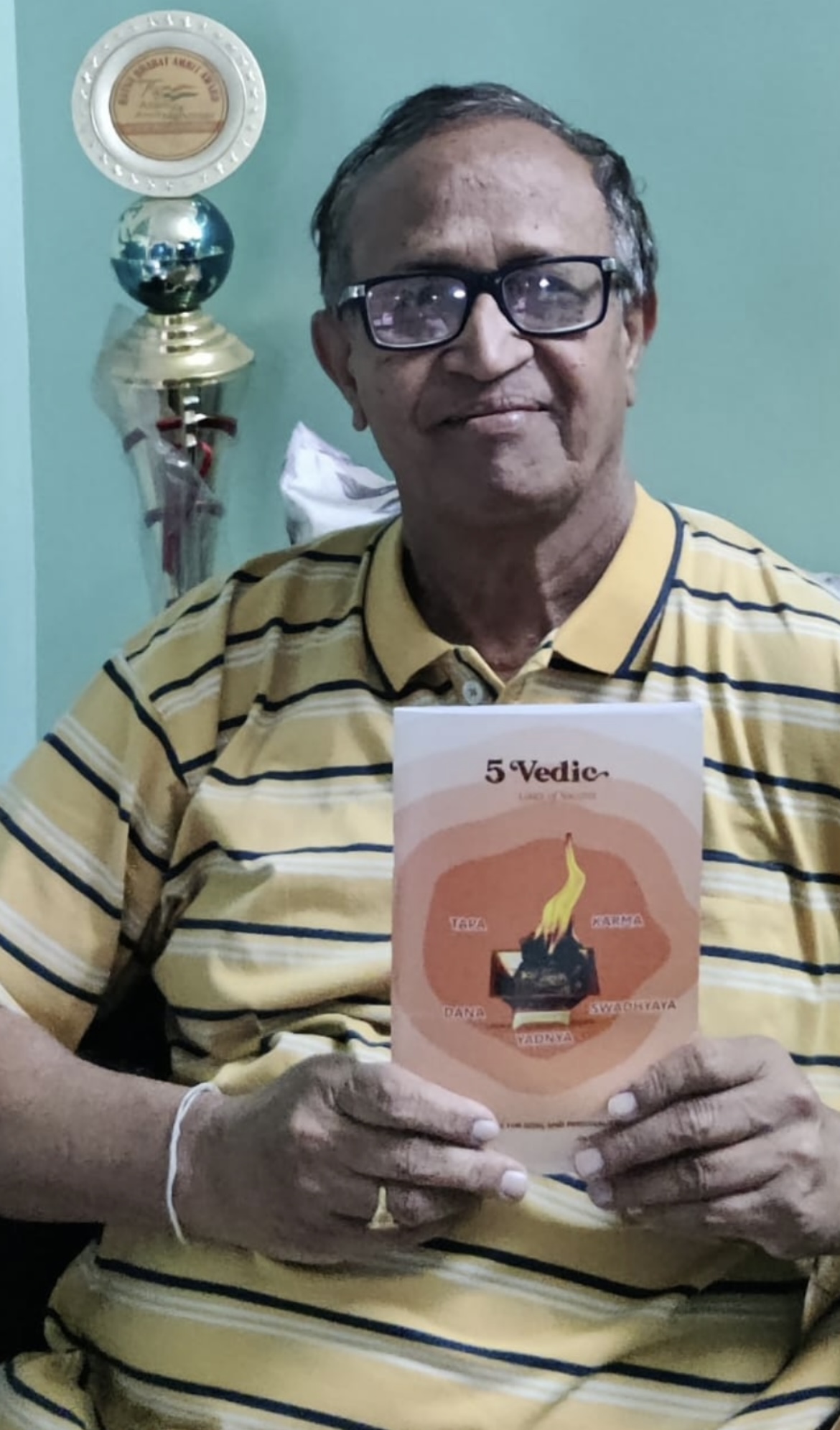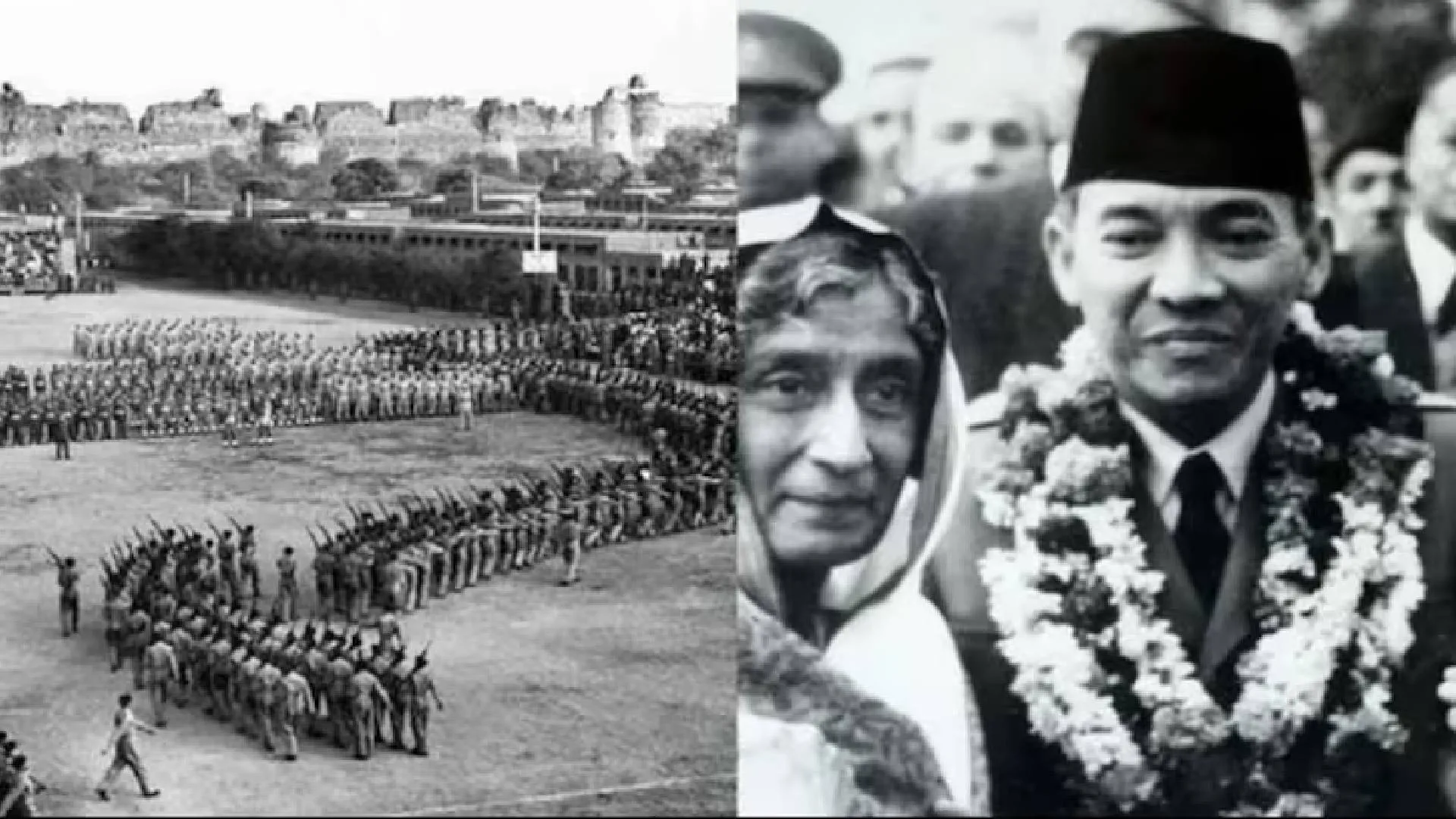My sister first introduced me to Elena Ferrante’s The Neapolitan Novels, told me that it was quick, light reading that would fit around my work schedule. I bought the four books and set upon them whenever I needed a distraction. The first book, My Brilliant Friend, introduces the reader to life in Naples, after the Second World Warin a neighborhood that is working class with roles defined for members of the community over generations. The rich stay rich, the poor continue to struggle, as their fathers did and their fathers before them.
Ferrante develops a large set of characters, explains convoluted family structures and the connections between members, much like a complex work of historical fiction. But the story is about two main characters – Lina and Elena, two girls born within a few days of each other, who do not enter into each other’s stream of consciousness till first grade.Both belong to poor families, Lina, the daughter of the neighborhood shoemaker and Elena, the daughter of a porter at City Hall.Both families have multiple children, none playing a major role in Elena’s life, but Lina’s older brother, Rino, playing an important role in hers.
My Brilliant Friend follows the lives of these two young girls, from the time they meet in first grade through to adulthood, tracks the choices they make, first as children, later as adolescents, and then as early adults.The story is written in the first person, in Elena’s voice, carefully addressing her choices and those made by her friend with a fair degree of judgment and bias, comfortably going in and out of Elena’s head, explaining her process, her mind talk but sharing with the reader a wonder, a big question mark on why her friend Lina does what she does.For instance, as a child, Lina takes Elena’s doll and drops it down a grate, into a dark cellar.
‘And so came the day when we sat next to the cellar window with the curled grating and exchanged our dolls, she holding mine and I hers, and Lila abruptly pushed Tina through the opening in the grating and dropped her. I felt an unbearable sorrow. I was attached to my plastic doll; it was the most precious possession I had. I knew that Lila was mean, but I had never expected her to do something so spiteful to me.’
Ferrante writes about the two girls in this vein through most of this first book. Elena, the compromiser, the one who is always surprised by Lina’s spiteful behavior, her decisions and her secrets and Lina, the brilliant one, who tops the class, who designs and makes new shoes, attempting to take the family out of their generations old position of poverty, who runs the way her mind wants with little regard for anyone else’s feelings.
But in all this, Ferrante has a message for women. It is the kindly compromiser who wins her teacher’s support, who believes that in studying and learning lies her future.And it is the flamboyant beauty that attracts all the men in the neighborhood, who is attracted by wealth and status and who in the arrogance of her beauty and desirability makes decisions that have her married at seventeen, to a man who turns out to be a boar, who beats her and who uses her to get what he needs from his investors.The message is a simple one: youth and beauty don’t last but a good education can earn you a place at the table.It takes time and hard work, you have to struggle to keep up, to even get to school.You have to struggle with your insecurities about the way you look or your answers in class, your glasses, and your pimples but once you get past all that you win.

Priya Hajela is the author of Ladies’ Tailor, published by Harper Collins India.

